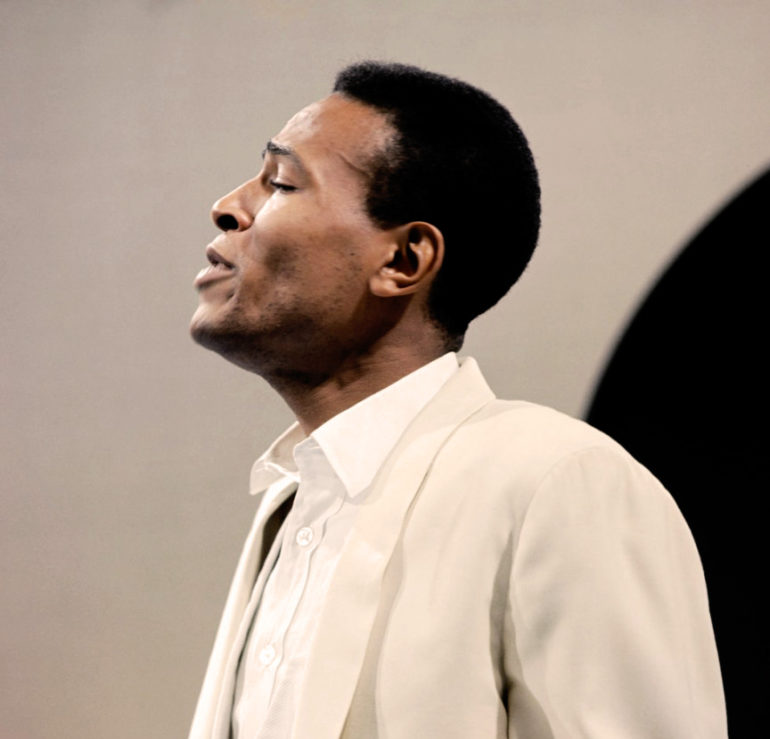Berry Gordy, Jr knows something about artists – of the musical kind at least. When the Motown founder called soul legend Marvin Gaye “The truest artist I’ve ever known. And probably the toughest,” he knew what he was talking about. Gordy spent the best part of two decades working with the man born on 2 April 1939 as Marvin Pentz Gay Jr.
Gordy witnessed him making some of the greatest soul music ever committed to tape – and some of the most incendiary. He saw the singer fall apart and reassemble himself after the death of his greatest vocal partner, the constituent parts all present, but not necessarily in the same configuration. He saw him become his brother-in-law, then watched Gaye and Anna Gordy’s marriage disintegrate in a manner that was unique, delivering a record that was beautiful and tragic, and probably the first true “divorce album”. He watched him leave Motown, suffering addiction, perhaps hoping that he would one day return to wear his crown as Motown’s greatest male artist – perhaps its greatest, period.
You might expect that there would be suffering in the relationship between the truest artist and the most driven label head, and there was. But what resulted was, at its best, real, unflinching, honest – and, yes, tough and true. Soul music is about heaven and hell, and that’s what Marvin Gaye gave us. More of the former than the latter, but if you don’t know hell, you won’t recognise heaven when you see it.
Listen to the best of Marvin Gaye on Apple Music and Spotify.
In touch with his intimate nature
Marvin suffered for his art, for his soul – and you could hear it. He was not ashamed. He knew no other way that worked. Marvin lived it.
Marvin Gaye’s “realness” was hard-earned. Someone who was so in touch with his intimate nature and feelings probably had no place on stage. The microphone was his confessional, the vocal booth his confession box: this is how I feel, right here, right now.
Trying to replicate that moment to order on tour could be done because he was such a brilliant singer. But this wasn’t really Marvin at his peak, digging in his soul and discovering what was there to let it out. To perform was a different process. You had to put a version of yourself across. But Marvin wasn’t about versions, he was about the authentic moment. Famously, he wasn’t a fabulous dancer and disliked performing enough to suffer from stage fright, though he accepted his role and his performances still marked a peak of his fans’ musical lives. There were many real Marvins over the years, but working as a performer meant he had to learn to let the true one out at any given moment.
Stubborn kind of fellow
Marvin began his musical career singing doo-wop. The first group of note he worked with was Harvey & The New Moonglows. He signed to Motown in early 1961, and his first releases, cut in a style ranging between R&B, swing and the emergent soul sound, didn’t sell well, though Gaye’s vocal verve was evident from the get go.
His tendency for introspection while working led to him being told to sing with his eyes open on stage. His headstrong nature meant it took a while for him to realise this was good advice, and unlike other Motown artists, he refused to take lessons in stagecraft and how to deport himself. His fourth single and first hit, 1962’s ʻStubborn Kind Of Fellow’, had an element of truth in its title. Perhaps he saw its hit status as a sign that authenticity worked for him.
Read entire article here: udiscovermusic.com
Written By Ian McCann






